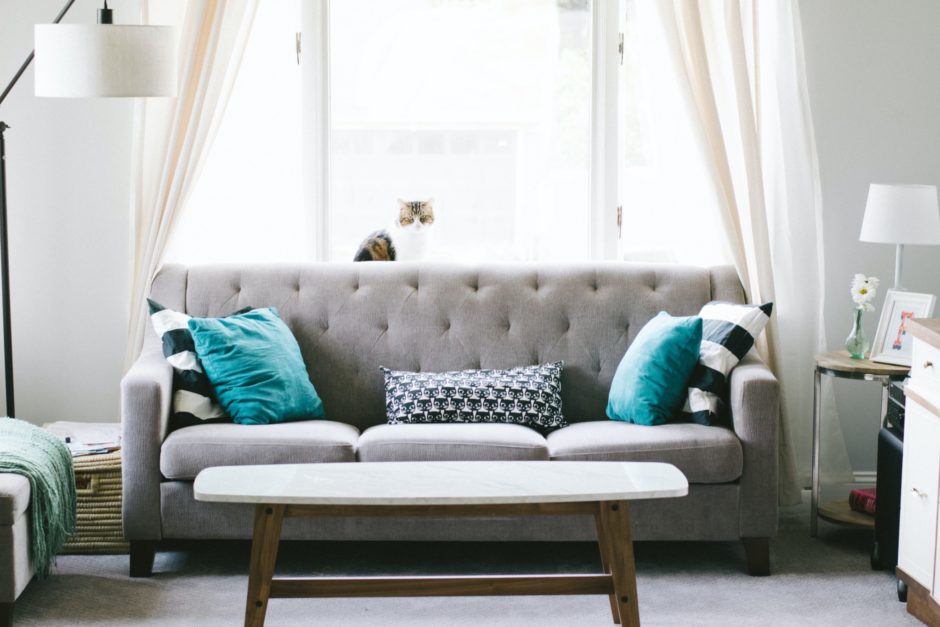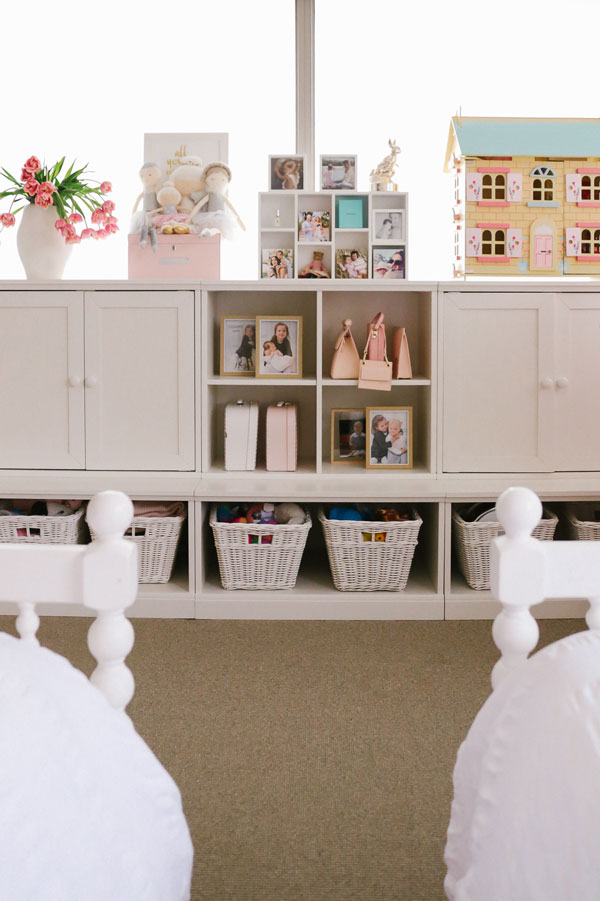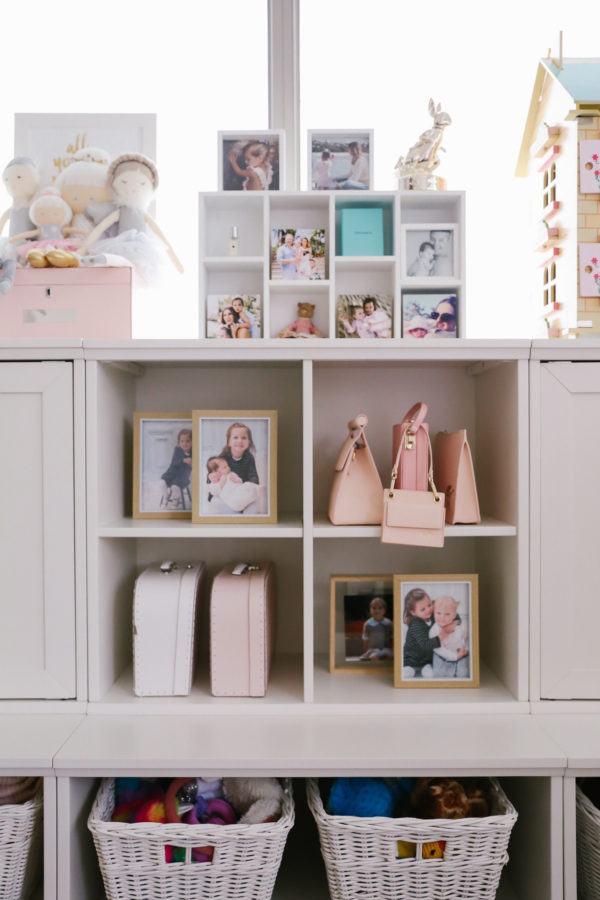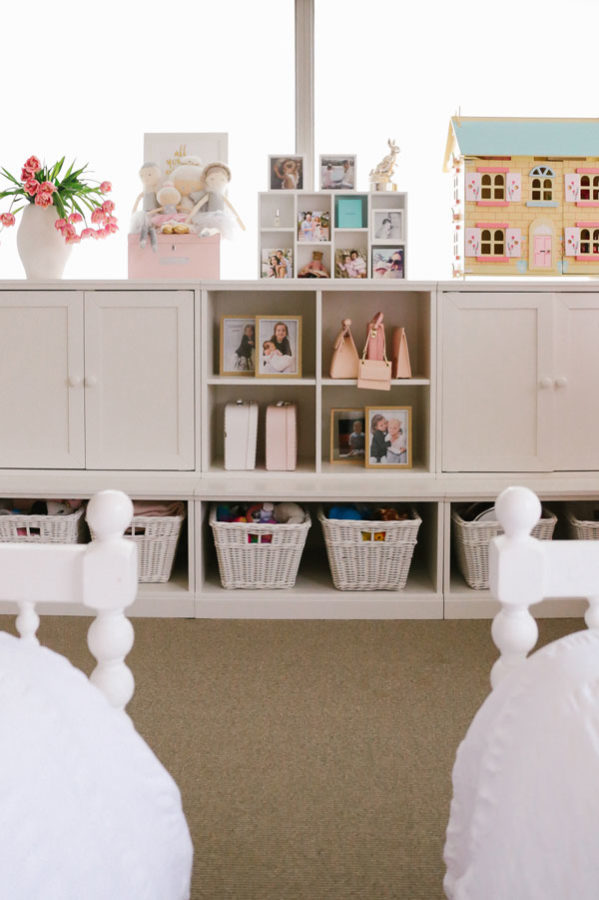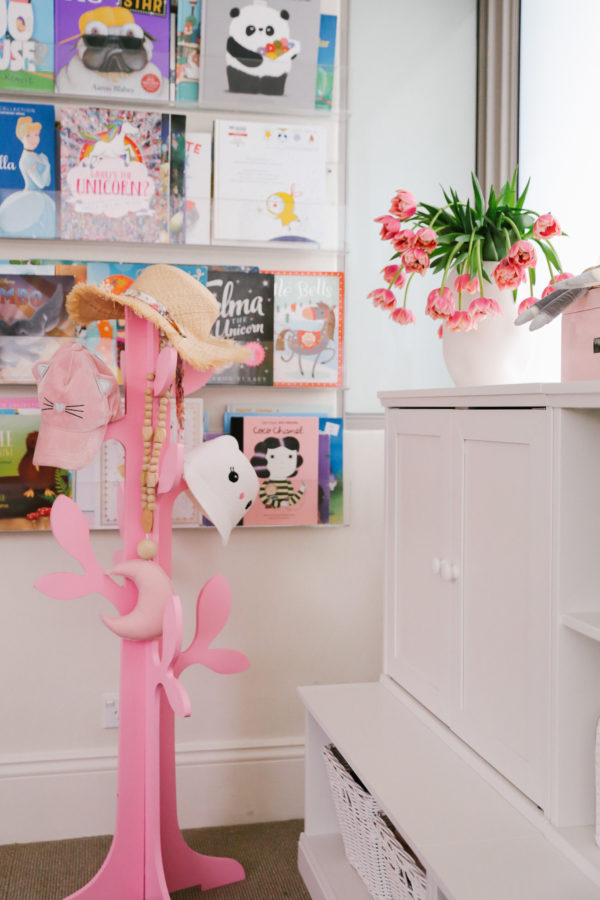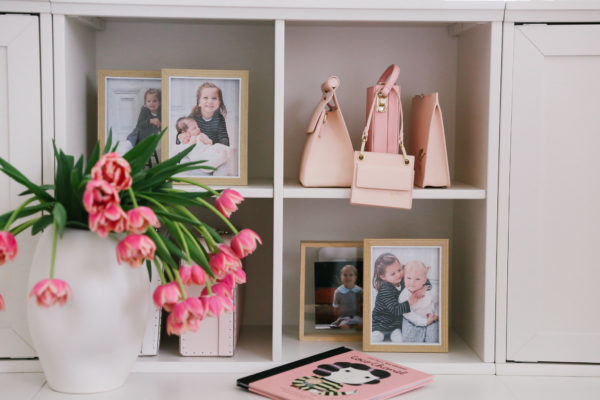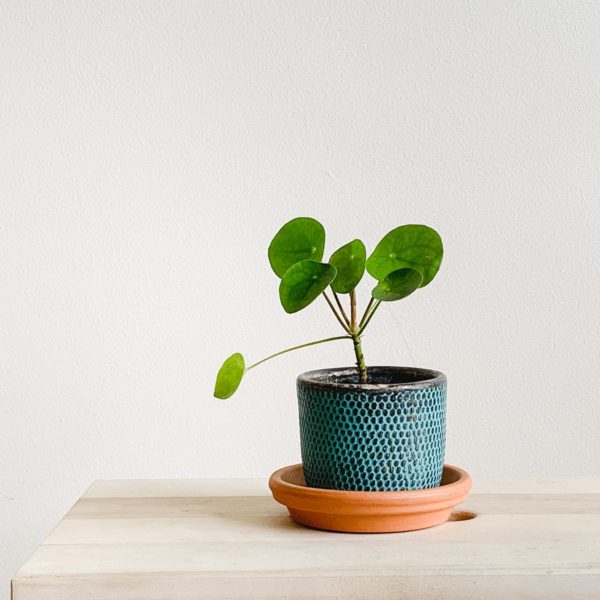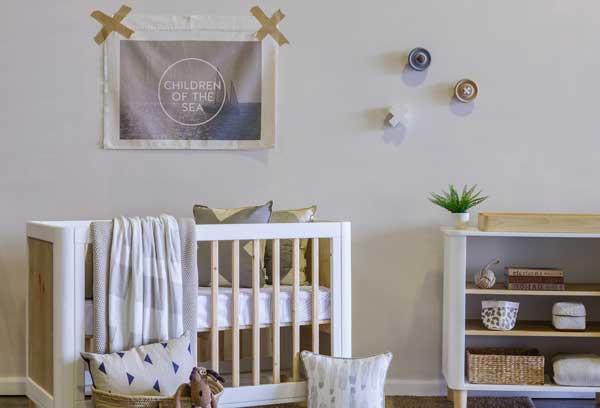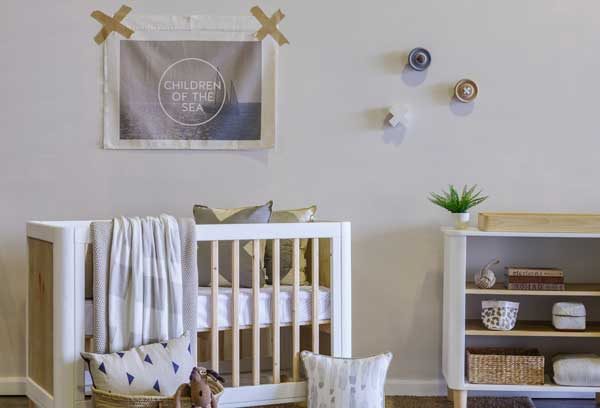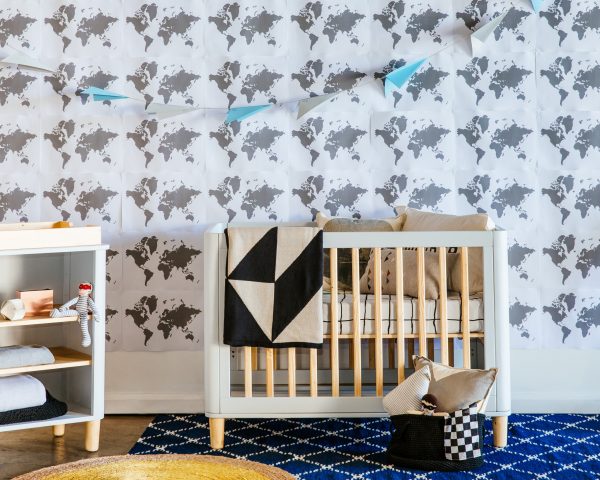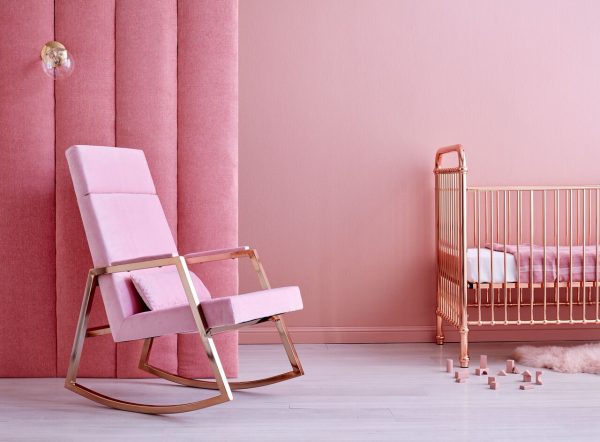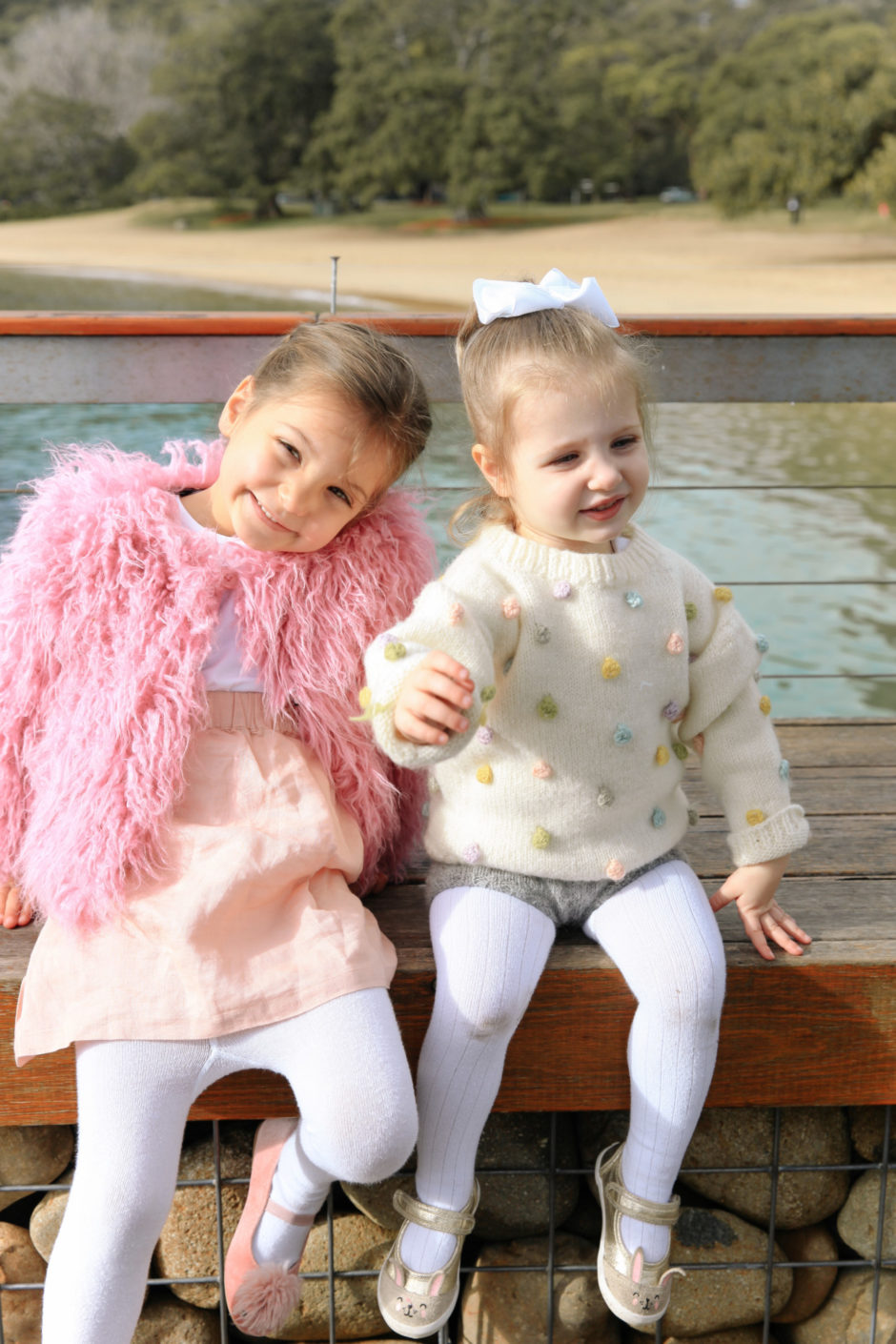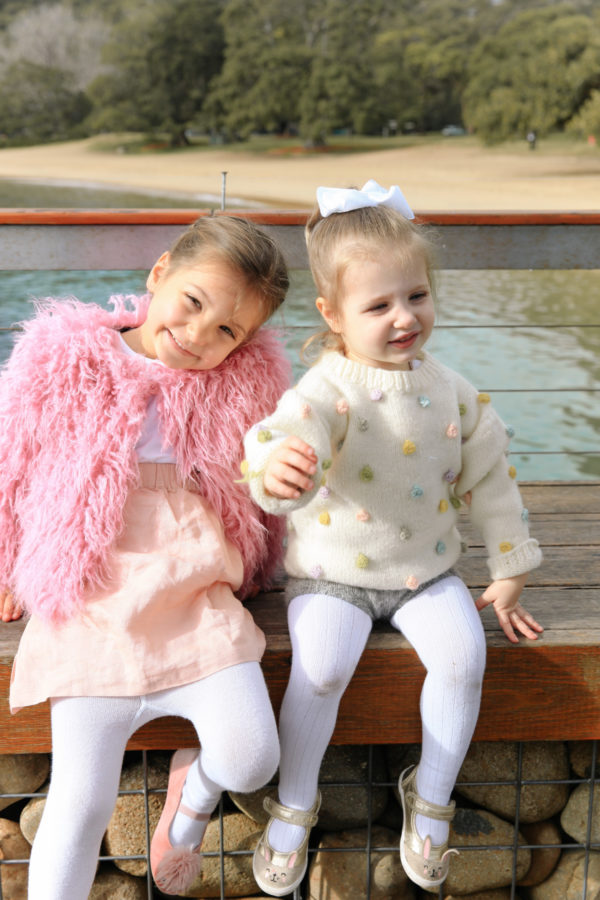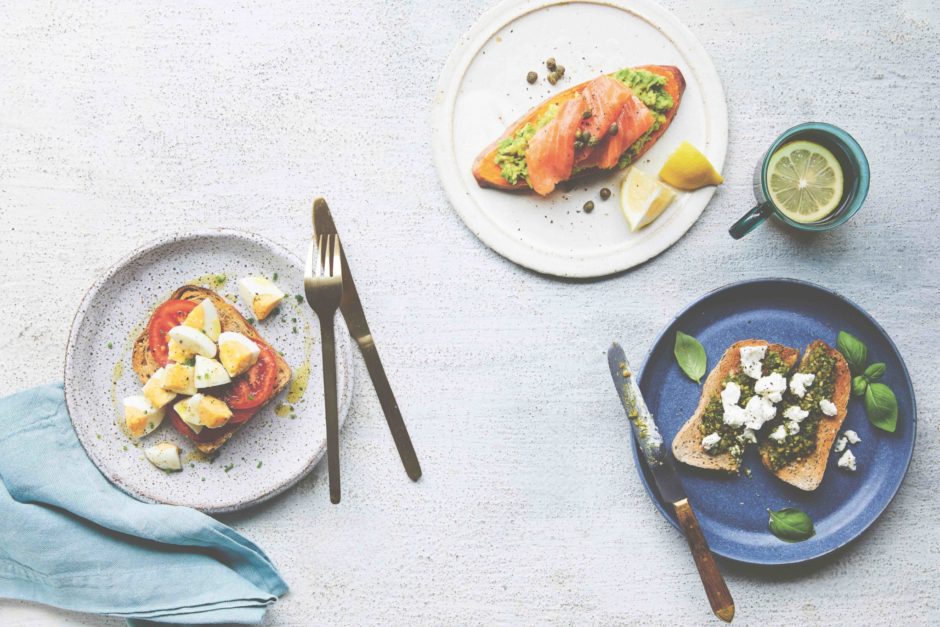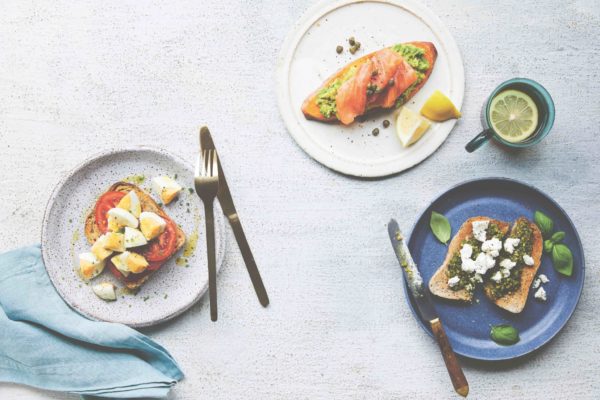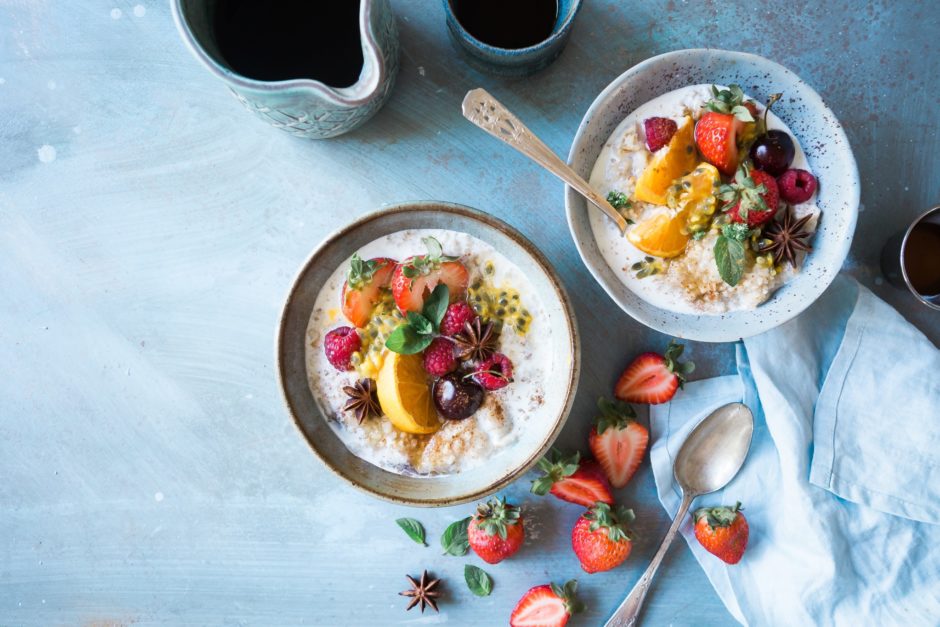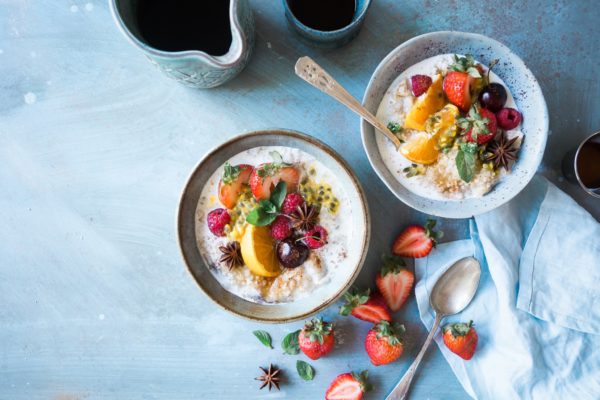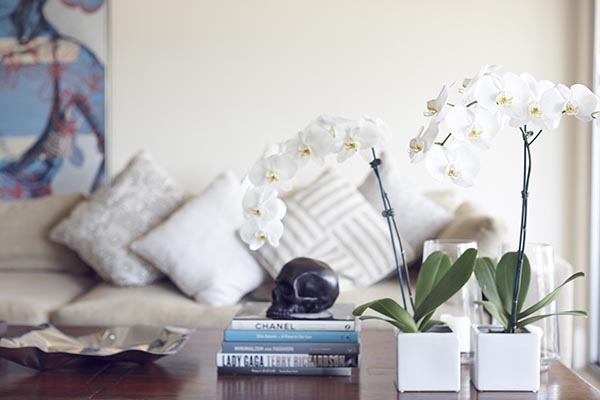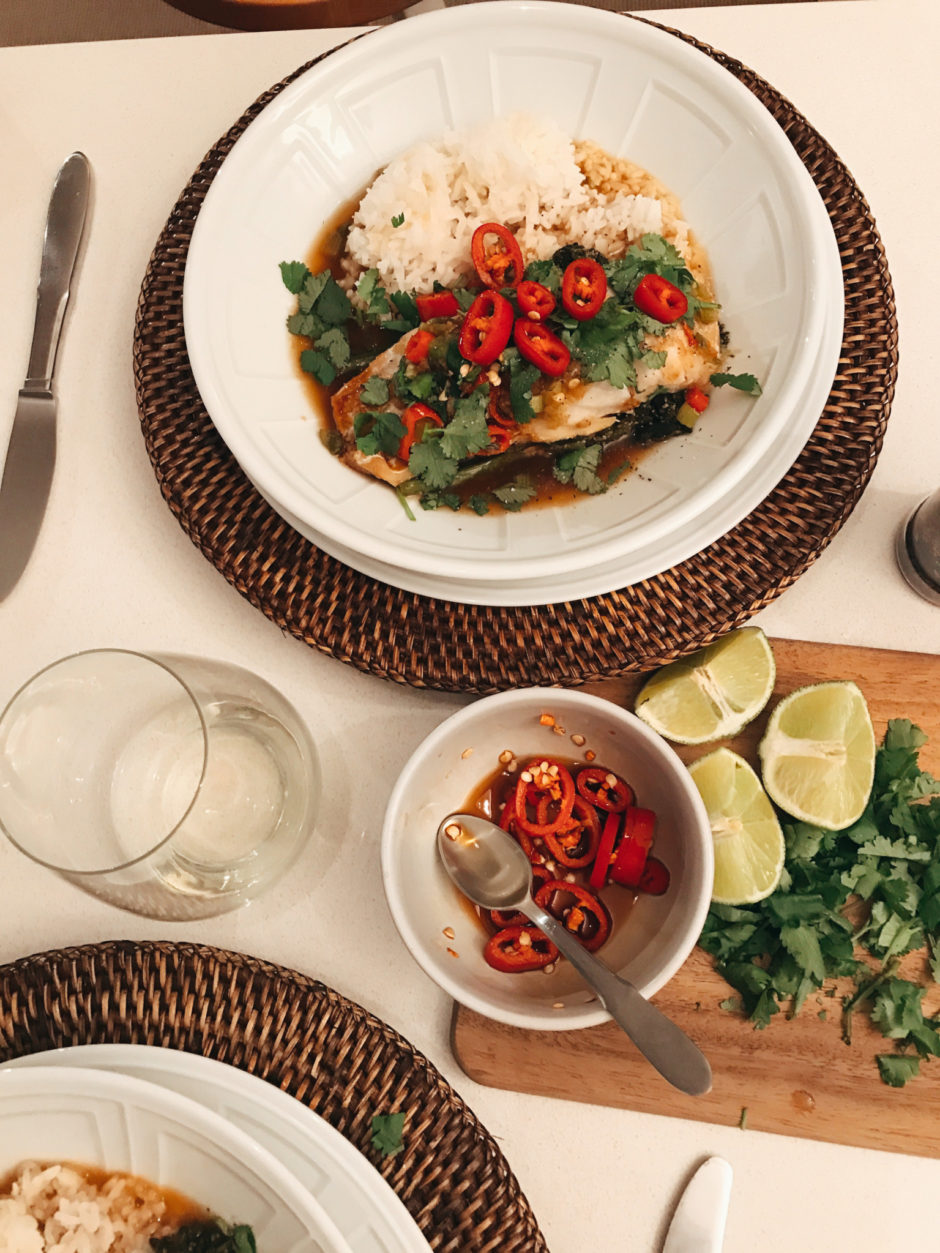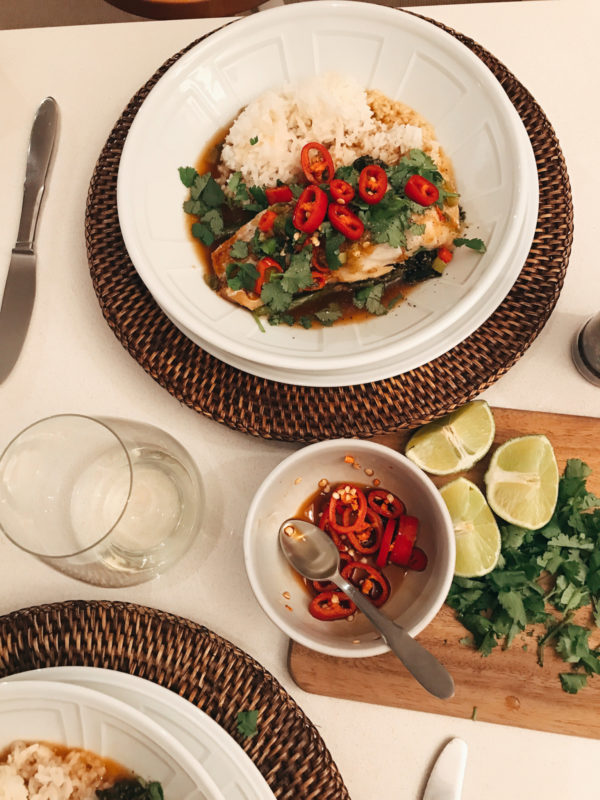
We’re all a little restricted in our movements at the moment, particularly when it comes to going too far afield for a holiday so it’s the perfect opportunity to embrace a good ol’ fashioned staycation. And yes, while it doesn’t quite beat being able to travel to an exotic, farflung location there is still something to be said for holidaying in your own backyard. Here are a few ways to make the most of it.
Pamper session
One of the best things about going away somewhere in my opinion is being able to check out the hotel spa. Being in luxe and relaxing surroundings while being able to enjoy a facial or massage is bliss. So, why not treat yourself to a pamper session at your favourite day spa? It’s the ultimate way to de-stress. Or if you want to stay closer to home, you can always enjoy a top-to-toe pamper session with a DIY facial and a mani-pedi.
Host a dinner party
Nothing says relaxation quite like a fun night in with friends. Choose a theme for the evening and either whip up a few dishes if you’re in the mood, or alternatively just order some nice takeaway (so many restaurants are doing at-home meal kits right now so take advantage of them) and sit back for a night of fun.
Play tourist in your hometown
We often take our local haunts for granted but there’s no doubt that here in Australia, we’re truly spoilt for choice when it comes to things to see and do. So pick out a spot that perhaps you haven’t been to in awhile or somewhere that you’ve always been curious about but have never got around to visiting and finally check it out.

Go on a day trip
The best thing about day trips is that you can go somewhere new without the hassle of having to pack for a longer stay. So pick out a spot on the map and head out for the day. The change of scenery is often what a holiday is about and this is a great way to do it.
Have a movie night
If you want to invoke those holiday feels then why not have a movie night featuring movies set in your favourite destinations. Paris, New York, Tokyo… there are so many amazing movies set around the world, and it’s a great way to get that vacation feeling, minus the airfare.
Draw up a hit list of places you want to eat
One of my favourite things to do whenever I’m away is to check out all the local food spots. Dining out is my fave way to immerse myself in what a destination has to offer, and it’s something that’s so easy to do at home. I’ve often got a mental list of new places I’d really like to eat at, but sometimes end up just heading to places I’ve been to before whenever we head out to dinner so a staycation is a great opportunity to tick a few of those spots off your list. Whether it’s a cool bar, a brunch spot that’s had rave reviews or a hole in the wall pizza place, here’s your chance to holiday one dish at a time.

